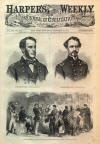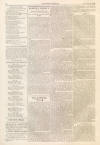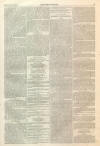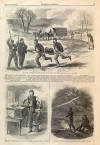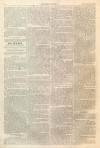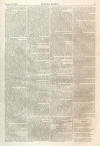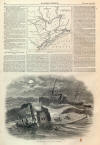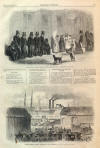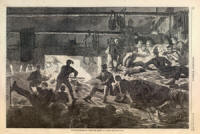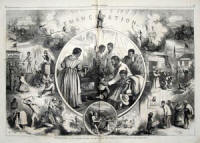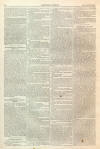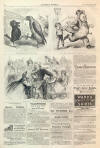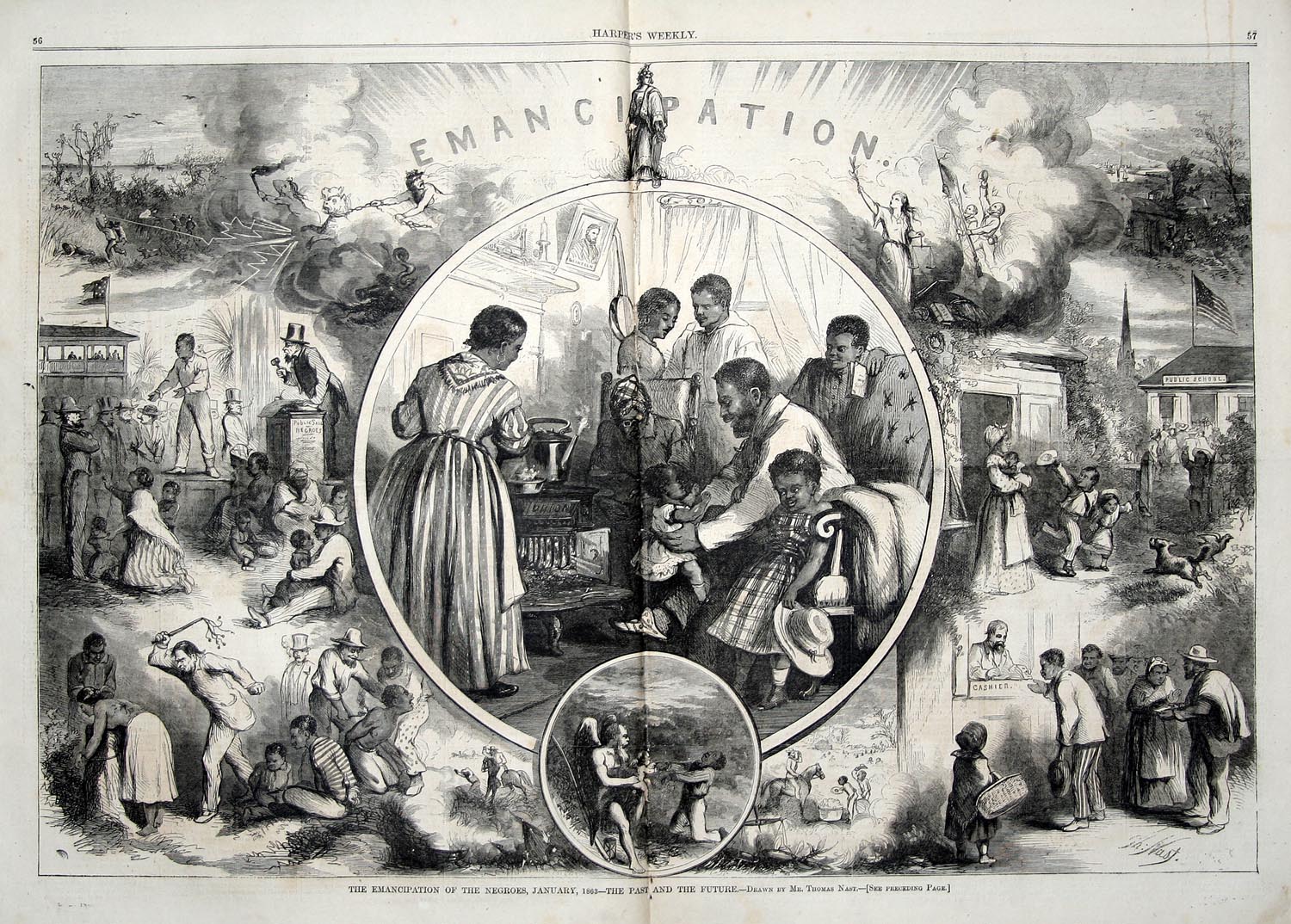|
You are viewing an original 1863 Thomas Nast illustration of
Emancipated Slaves. The illustration is captioned, "The
Emancipation of the Negroes, January, 1863 - The Past and The Future -
Drawn by Mr. Thomas Nast. - [See Preceding
Page].
This is a fantastic illustration showing the implications
of
President Abraham Lincoln's Emancipation Proclamation. The
illustration has a large amount of incredible detail, which I will
describe. The Central illustration is a:
Picture of Emancipated Slaves
This illustration shows Thomas Nast's Vision of the future, and the
profound implications of the Emancipation Proclamation. Mr. Nast
presents an almost unthinkable image at the time . . . the image of a
healthy, happy, free black family, in their own home, sitting as a
normal family around their own stove. Nast is portraying blacks as
normal people. . . not as slaves, property, or field hands. This
would have been a shocking image in the day Nast created it, and is
probably one of the earliest published images suggesting the possibility
that a black family could be not unlike a white family.
This hopeful picture of the future is surrounded by images of the
reality of the past. In the upper left image, Nast shows runaway slaves
being hunted down by men and dogs. The left image shows a
heartbreaking scene of a slave auction. The image shows a young
man on the auction block being sold the the highest bidder. The
the audience a black women, holding her children, is seen on her knees
pleading with one of the buyers. Undoubtedly she has just been sold to
her new owner, and she is begging the man to buy her husband as well so
that the family will not be broken up. The look of indifference on
the man's face is an indicator that there is little hope of the family
staying together, and the husband will soon be sold to someone else.
The lower left image shows scenes of slave torture . . . including a
black woman being whipped and beaten, and a man being branded with a hot
iron.
On the right, we see more images of hope. We see black children
attending school and we see black people receiving wages for their work.
This image illustrates the courage of Thomas Nast. At a time
when the vast majority of the country considered blacks as property,
Nast had the courage to portray them as people. |
